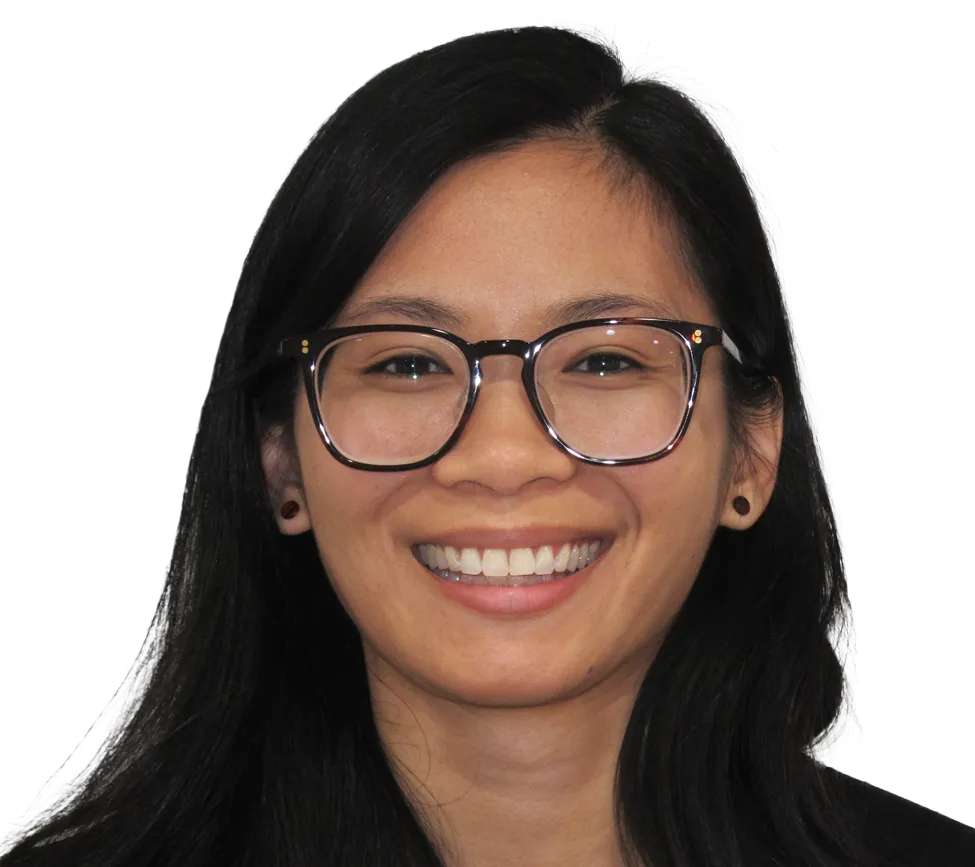

- Ph.D., Geology, University of California, Los Angeles (UCLA), 2024
- M.S., Geology, University of California, Los Angeles (UCLA), 2020
- B.S., Geological Sciences, University of Southern California, 2018
- FAA Part 107 Certified Commercial Drone Pilot
- NASA Space Grant Fellowship, 2024
- John W. West Research Award, 2023
- UCLA Earth, Planetary, and Space Sciences Excellence in Teaching Award, 2020, 2022.
- Teaching Assistant Consultant Educational Development Academy Fellowship, 2021
- University of Southern California Undergraduate University Honors, 2018
- University of Southern California Geological Sciences Departmental Honors, 2018
- Sigma Gamma Epsilon W.A. Tarr Award, 2018
- Philip P. Kirst and Colleen Kirst Endowed Scholarship, 2018
- Southern California Earthquake Center (SCEC) Grant
- American Geophysical Union
Dr. Leslie Insixiengmay is a geologist and mineral physicist with applications in characterizing planetary material properties at high pressure and high temperature conditions. She has experience in geologic field mapping, geologic map preparation, and rock and mineral identification through optical and petrographic methods.
Prior to joining Exponent, Dr. Insixiengmay conducted research at the University of California, Los Angeles, where she received her Ph.D. (and M.S) in geology specializing in computational mineral physics. Her dissertation focused on atomic-scaled simulations of planetary materials through first-principles Density Functional Theory calculations using the Vienna ab initio Simulation Package (VASP), where she characterized the electronic structure, thermodynamic properties, and phase stability of Earth materials at extreme conditions. Her research included understanding the effects of water interacting with iron-bearing minerals, and the impacts of Earth's evolutionary history from the chemical reactions of the Earth's core and mantle materials.
During her Ph.D., she completed an internship at HRL Laboratories developing methods for the classification of mechanical properties for refractory-base alloys using machine learning. Dr. Insixiengmay has also participated in mineralogical research at the Natural History Museum of Los Angeles using experimental optical techniques such as X-ray Diffraction (XRD), X-ray Fluorescence (XRF), and Raman spectroscopy. Dr. Insixiengmay is proficient in data analytics and data visualization.